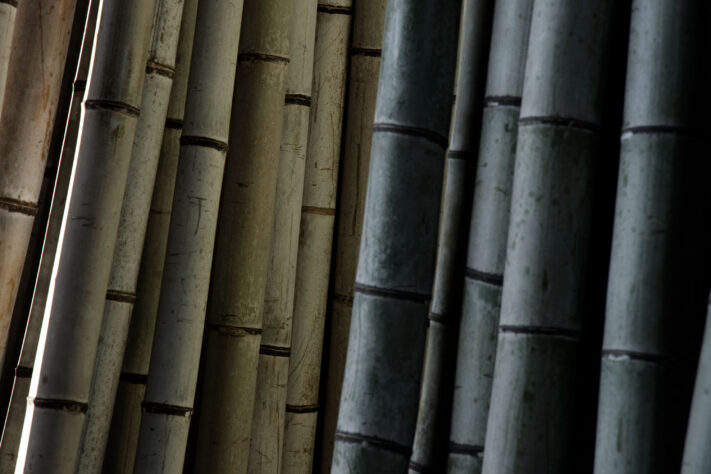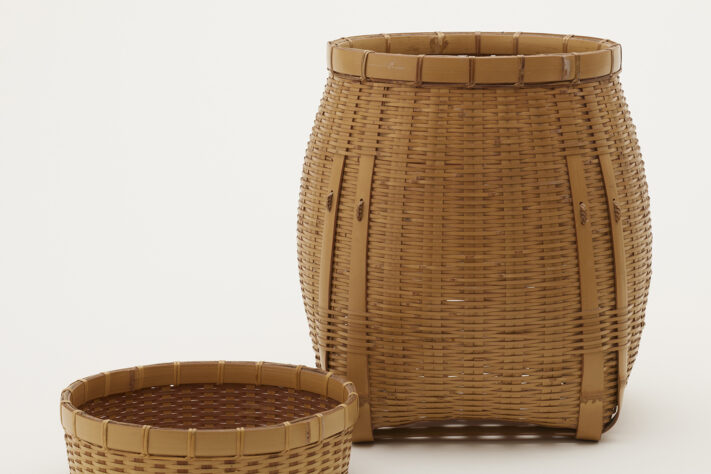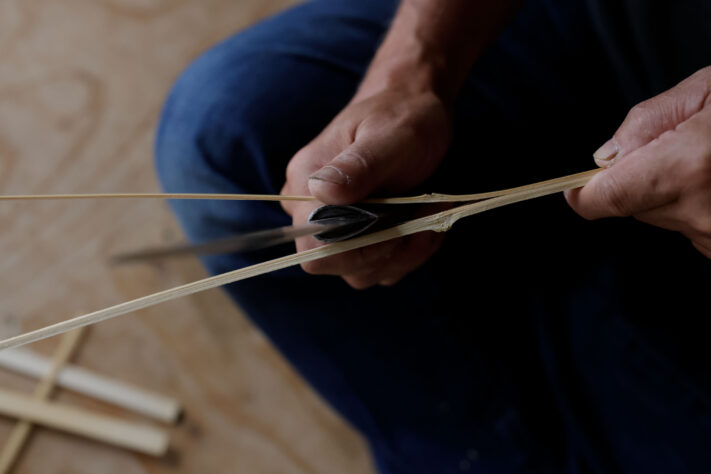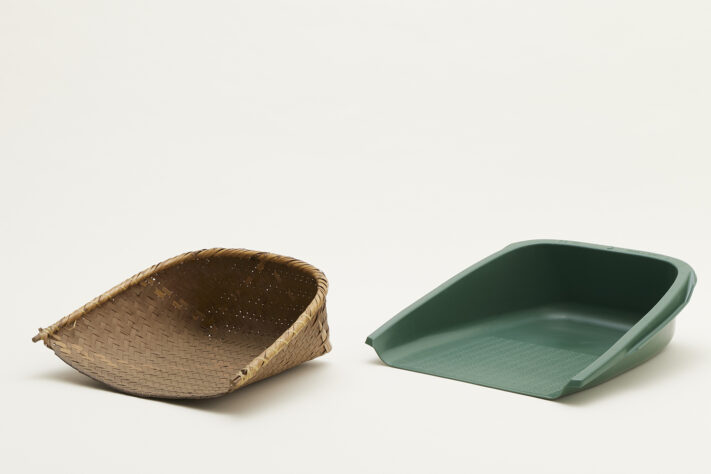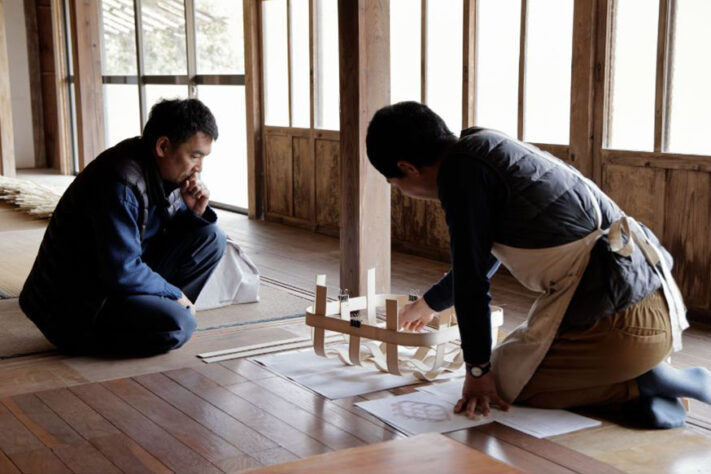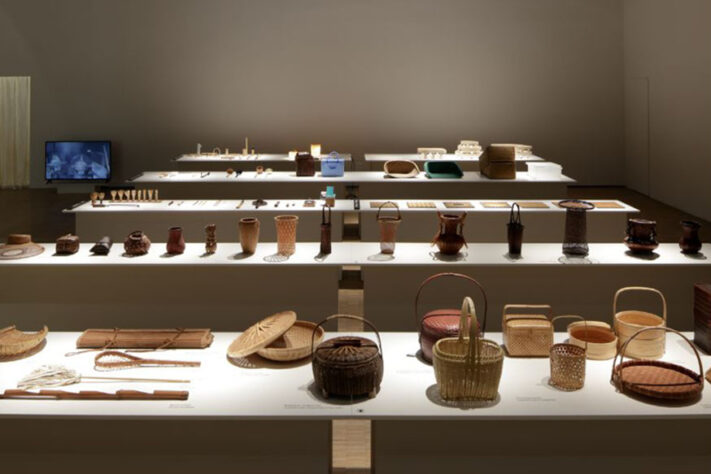わたしたち日本人にとって、竹は最も馴染みのある天然素材です。古来より日本人は、成長が著しく早く、しなやかさと丈夫さを兼ね備える竹を、生活用品や道具、建材、楽器などの材料として広く活用してきました。近隣国からの竹材や竹製品の輸入の増加、人工素材の浸透により、竹産業が衰退して久しいけれど、昨今の環境問題を踏まえても、竹は着目すべき素材です。
竹が生活に生かされてきた歴史、それを継承する人たちの仕事を通して見えてくるのは、素材と人間の理想的な関係性です。人間が竹にかたちを与えているようにみえて、実のところは、竹が人間にかたちをつくらせているように思えてきます。人間の振る舞いに影響を与えながら、人間に寄り添い、人間の役に立ち、人間を支えてきた竹を、デザインの視点から見直すこと。それは、竹の潜在力を引き出すだけでなく、デザインという行為についてあらためて考える機会にもなると思うのです。
Bamboo is a natural material which is the most familiar to Japanese people. Since ancient times, it has been widely used, thanks to its speed of growth, flexibility and ruggedness, as a material to fabricate daily necessities, tools and musical instruments, as well as a building material. Due to the import of raw material and bamboo artifacts from neighboring countries and the pervasiveness of artificial material, the bamboo industry in Japan has been in decline for a long time. However, it remains critically important because of its cultural and sustainability implications. The centuries-long history of the use of bamboo in daily life and in the activities of the craftsmen who have inherited its traditional crafting techniques exemplifies an ideal relationship between people and the material. Though it may seem that men are those in charge of giving a shape to bamboo, in reality it is the latter that suggests the form it needs to take. The aim of the project is to reconsider bamboo from the perspective of contemporary design as an element that can interact with human narratives. It might prove its potential in support of everyday activities and help to rethink today's act of designing.



